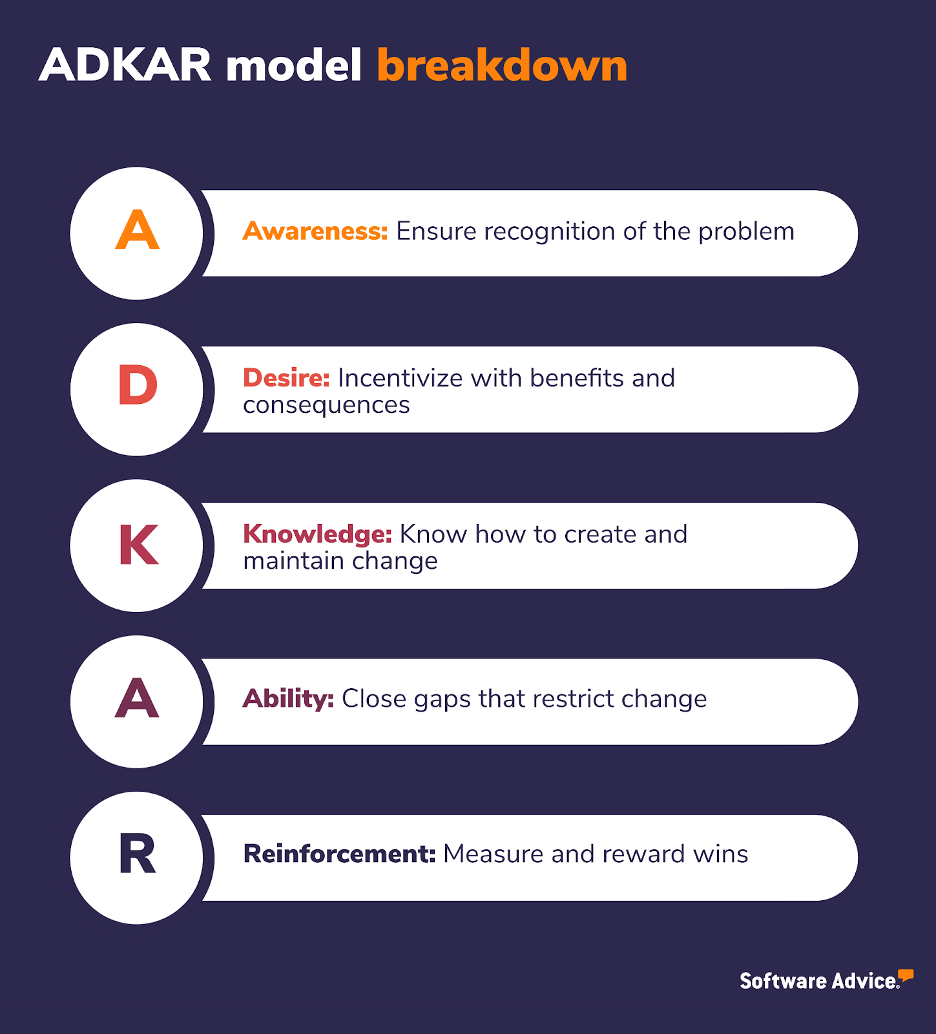5 Critical Steps to a Successful Software Implementation Plan
Implementing software is a daunting task that small businesses often struggle with. It’s time to put a software implementation plan in place, but it’s difficult to know how detailed your rollout plan should be. You want to cover all the essentials from the software purchase to the project’s go-live date but also avoid unnecessary steps that could delay your timeline.
That’s why we’ve compiled a five-step guide to creating a successful software implementation plan. Regardless of your industry or what type of software you’re implementing, the following steps will ensure you have a helpful software implementation project plan in place and get the most out of your new system.
What is a software implementation plan?
A software implementation plan is a detailed, step-by-step document that outlines the crucial milestones of the software implementation process. It serves as a roadmap for the entire implementation, clearly defining the tasks to be accomplished by project managers, IT staff, and company stakeholders. Following all the system implementation steps ensures a successful rollout that maximizes your company’s investment in the new software.
Why is a software implementation plan important?
It’s important to have an implementation plan after purchasing new software so that the project has a clear and structured roadmap. Proper planning helps mitigate the potential risks and challenges of any software implementation. Detailed project plans help allocate time and people resources effectively and ensure timely completion of timelines and milestones.
Steps to create a software implementation plan
Here are the five steps you need to follow to create a successful software implementation plan.
1. Select your implementation team
The most successful software implementations start with the best teams. Consider every department, internal team, and employee who will use your new software and select appropriate stakeholders to be on your implementation team.
Schedule regular meetings for your implementation team. At the first team meeting, solicit feedback from each stakeholder about their needs and wants from the new software. Use this information as the foundation of your software project implementation plan.
2. Avoid scope creep
While your software implementation plan should address the needs of all stakeholders, be wary of taking on too much. Scope creep refers to project requirements growing over the project lifecycle. Accommodating the expanded scope always means project delays, additional costs, or unsatisfied stakeholders.
As you develop your plan, be clear about the limits of the implementation project. You can consider implementing some features later, in a separate project, if it helps keep the implementation project on task. The final software implementation plan should only include the deliverables that can be feasibly reached with your project team.
3. Include development and testing phases
Software features can be customized to an organization’s requirements. This is a good thing but also a potential trap. Implementing features that affect core business processes should be done carefully, ensuring minimal disruption to business continuity.
To ensure a smooth transition, include development and testing phases in your system implementation step. Development activities include configuring new software features based on the needs of the end users. The testing phase will see those end users actually try out the new system in a controlled environment. Include ample time in your software implementation process for these steps, because they can be incredibly difficult to achieve after going live.
4. Do project marketing to make change easier
Change management is one of the most challenging aspects of any project. It can be especially tricky in software implementation projects, as new software can disrupt current business processes. To make change easier, consider adopting the ADKAR change model:

The ADKAR methodology serves as an effective way to do project marketing. Creating awareness and desire for your new software can actually make end users excited for change instead of dreading it.
5. Adopt a continuous improvement mindset
Considering the ever-evolving nature of technology, most software implementation projects don’t end after the go-live date. As much as you try to anticipate and test everything, there will undoubtedly be some bugs and hiccups after employees start using the new software. To account for this, adopt a mindset of continuous improvement.
In practice, this means including post-implementation team meetings in your project plan. This will serve as a forum for each stakeholder to share bug reports and feature requests. Allow time in your expanded software implementation process to work on the issues and help ensure end-user satisfaction.
Software implementation challenges and how to overcome them
Following these five steps will help you overcome most software implementation challenges. Remember that every software implementation is a shared responsibility between IT leaders, key stakeholders, your software vendor, and end users. With everyone playing their part, the usual challenges of rolling out new software are much easier to manage.
Don’t stop now. Continue to improve the workflow and productivity of your team with the help of these related resources: